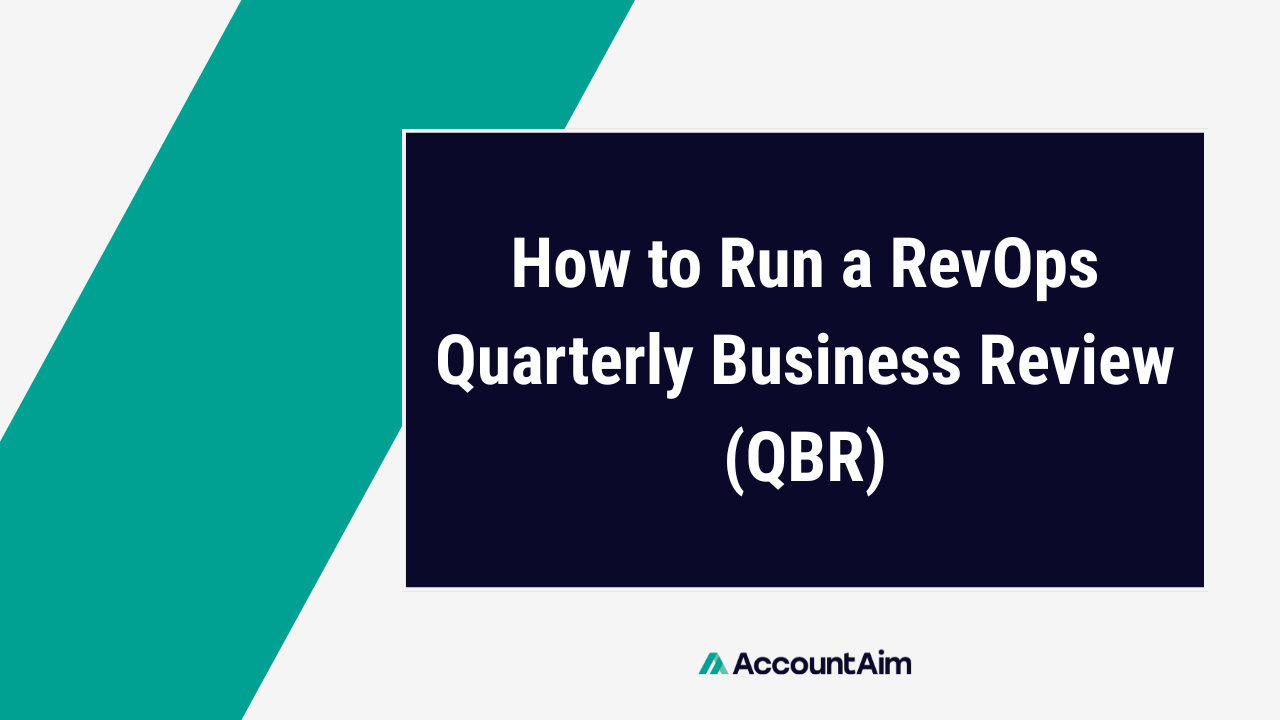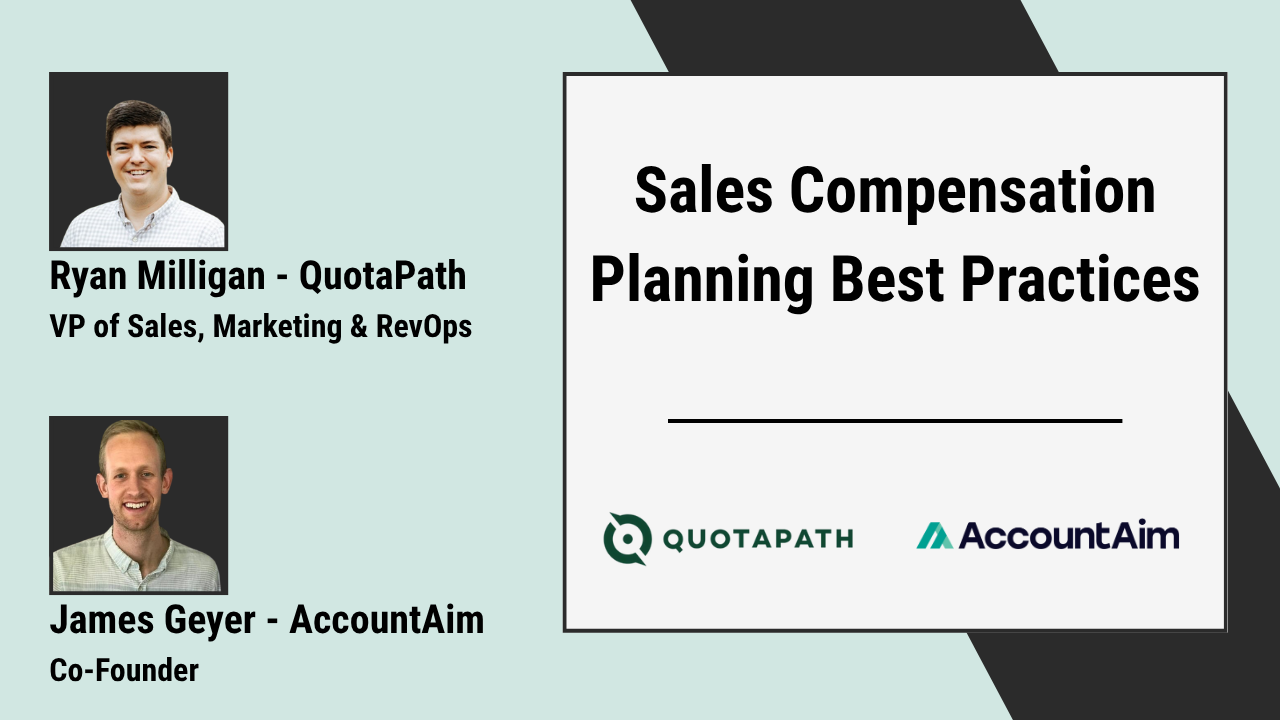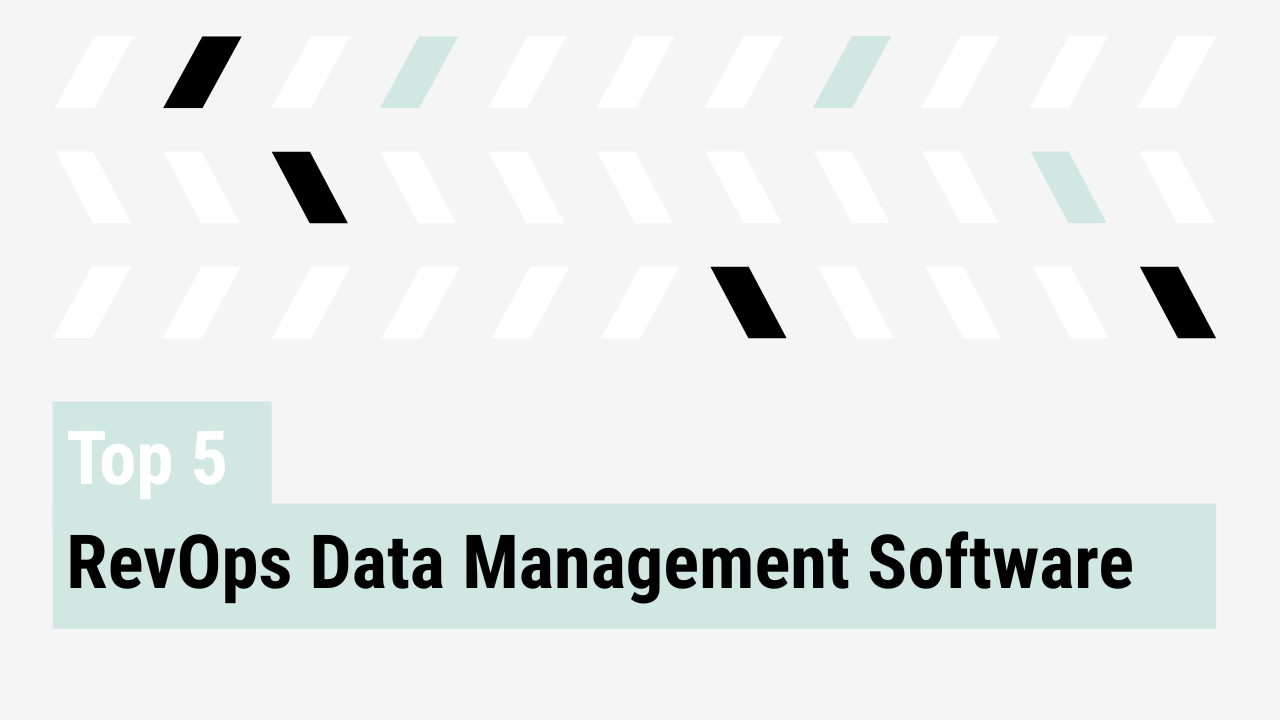Running a RevOps quarterly business review is one of the most effective ways to prove impact, align stakeholders, and reset go-to-market priorities. It is a forum for showing how revenue operations drives growth, efficiency, and predictability while setting a clear direction for the next quarter.
The purpose of a RevOps QBR
A QBR is a strategic checkpoint for the business. It brings Sales, Marketing, and Customer Success together with a shared set of numbers and priorities. Done well, it demonstrates the value of RevOps and ensures the go-to-market team focuses on initiatives that move the business forward.
Preparing for the QBR
Preparation is what makes the QBR productive. Share dashboards and analysis in advance so meeting time is used for decisions. Confirm shared definitions across teams, such as what qualifies as an opportunity or how pipeline coverage is calculated. Always design the agenda for the audience. Executives expect context, insights, and tradeoffs rather than a walkthrough of activities.
Structuring the agenda
A strong QBR agenda balances reflection and planning:
- Last quarter’s performance: outcomes, highlights, and misses
- Drivers of results: root causes behind wins and losses
- Pipeline and forecast health: accuracy, risks, and forward visibility
- Next quarter’s priorities: initiatives, tradeoffs, and resourcing
This structure ties past performance to future focus and gives leadership clear actions to take.
Selecting the right metrics
Credibility depends on the quality of metrics. Focus on KPIs that guide decisions. Examples include:
- Pipeline coverage: measures how much qualified pipeline exists compared to quota, showing if future targets are achievable.
- Forecast accuracy: tracks how close actual results come to predicted revenue, building confidence in the forecast process.
- CAC payback: calculates how long it takes to recover customer acquisition costs, a key efficiency metric.
- Net revenue retention: shows how much revenue is retained and expanded from existing customers, revealing account health.
- Churn: the percentage of customers or revenue lost, a warning sign of product or service issues.
- Sales velocity: combines deal size, win rates, and cycle time to indicate how quickly revenue moves through the funnel.
Use a mix of leading and lagging indicators to explain both current results and future outlook. Keep the list short so that leaders remember the numbers that matter most.
Driving alignment and accountability
The QBR is the right forum to align Sales, Marketing, and CS. Shared KPIs replace siloed reporting with accountability. For instance, campaign quality drives pipeline creation, which influences retention. Making these connections clear helps leaders see how each team contributes to the overall engine. Use this moment to secure executive agreement on priorities and clarify tradeoffs.
Making the QBR forward looking
A QBR should pivot from reviewing results to shaping the future. Identify the levers the business can pull in the next quarter, whether process improvements, enablement, technology, or resource shifts. Close with next steps and clear ownership. Treat the QBR itself as an evolving process. Refine the format, metrics, and dashboards each quarter so they remain relevant as the business changes.
The importance of a RevOps quarterly business review
A RevOps quarterly business review is more than an operational update. It is an opportunity to prove impact, align leadership, and set the company up for the next stage of growth. Run with discipline and clarity, a QBR positions RevOps as a strategic driver of the business.



